The Emergence of NFTs: Understanding the Tech Behind Digital Assets
Introduction to NFTs
The digital realm has always been a hotbed for innovation. From the early days of the internet to the rise of social media, each era has brought something new. Now, we're witnessing the emergence of NFTs, a revolutionary concept that's reshaping our understanding of ownership and value in the digital space.
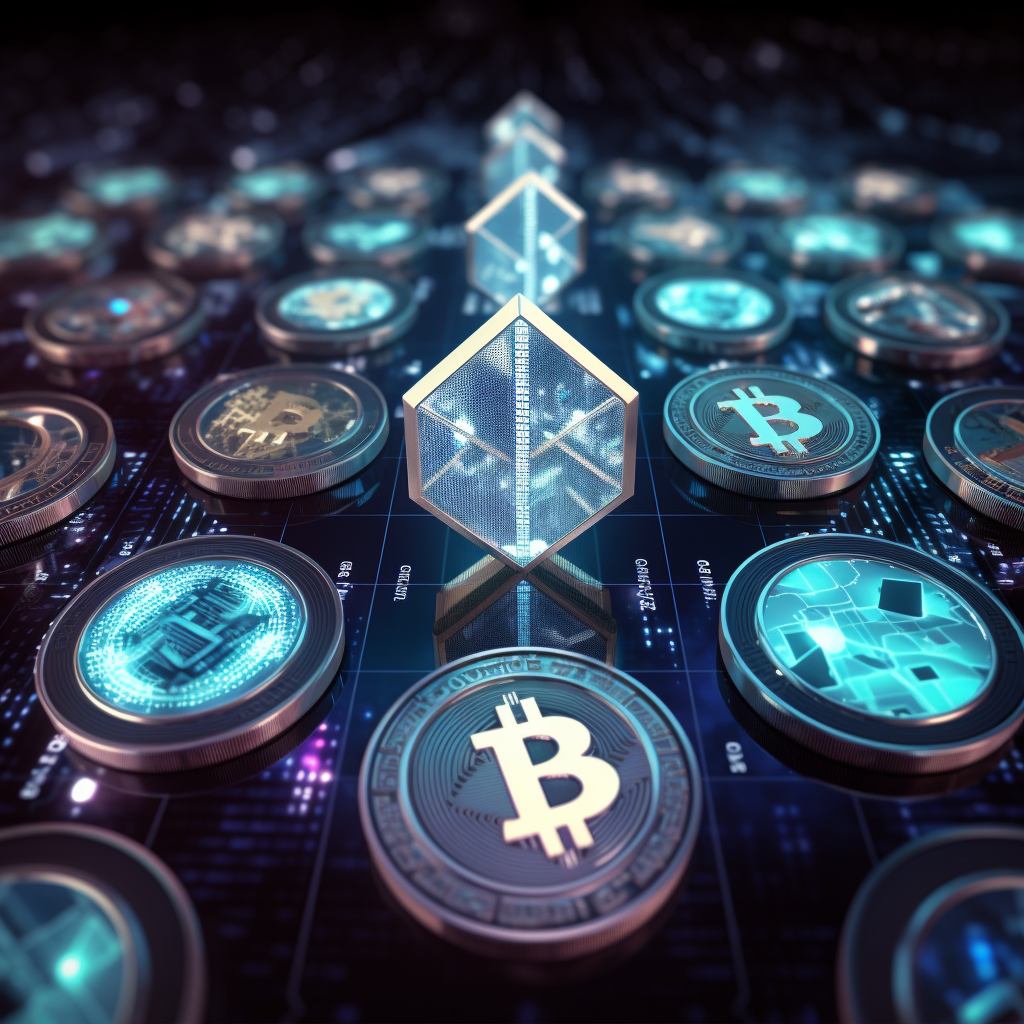
What are NFTs?
NFTs, or Non-Fungible Tokens, are unique digital assets verified using blockchain technology. Unlike cryptocurrencies like Bitcoin or Ethereum, which are fungible and can be exchanged on a one-for-one basis, NFTs are distinct and cannot be exchanged on a like-for-like basis.
Historical Background of NFTs
The concept of digital ownership isn't entirely new. However, the term "NFT" gained traction around 2017, with the launch of CryptoKitties, a blockchain-based virtual game that allowed players to purchase, collect, and breed virtual cats.
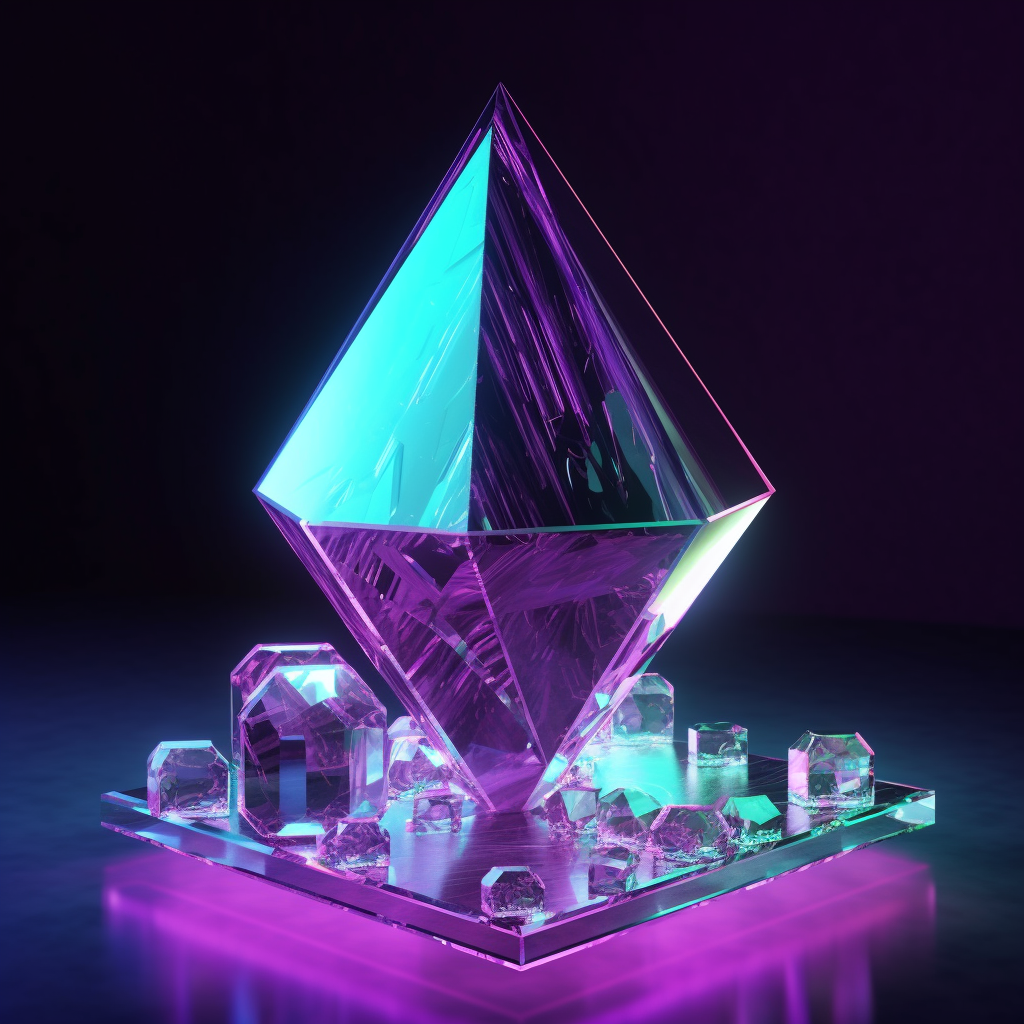
The Technology Behind NFTs
Blockchain and NFTs
At the heart of NFTs lies the blockchain – a decentralized digital ledger. This technology ensures the authenticity and provenance of each NFT, making forgery nearly impossible.
How NFTs are Minted
Minting is the process of creating an NFT. It involves uploading a digital file to a blockchain platform, where it's transformed into a unique digital token.
Smart Contracts and Their Role
Smart contracts automate and enforce the terms of an agreement. In the NFT world, they dictate how the asset can be used, ensuring original creators get their due, even from secondary sales.

The Rise of Digital Art and NFTs
Famous NFT Sales
From Beeple's $69 million artwork to Jack Dorsey's first tweet, several NFT sales have made headlines, showcasing the potential of this new asset class.
Impact on Traditional Art
NFTs are blurring the lines between physical and digital art, offering artists new avenues for expression and monetization.
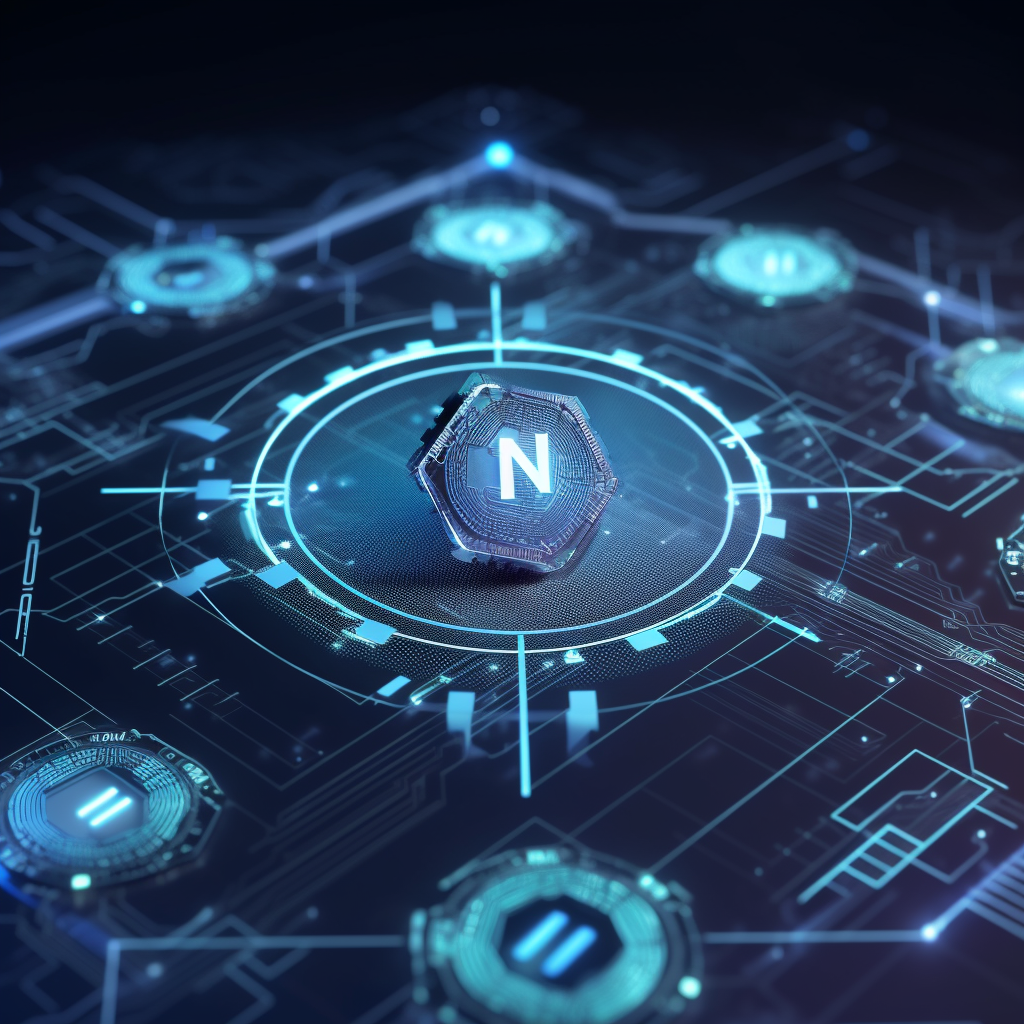
NFTs Beyond Art
Virtual Real Estate
Platforms like Decentraland allow users to buy, sell, and build on virtual land, all represented as NFTs.
Collectibles and Gaming
From NBA Top Shot clips to virtual pets, NFTs are redefining collectibles and gaming experiences.
Music and Entertainment
Artists like Kings of Leon have released albums as NFTs, hinting at a future where fans could own unique music experiences.
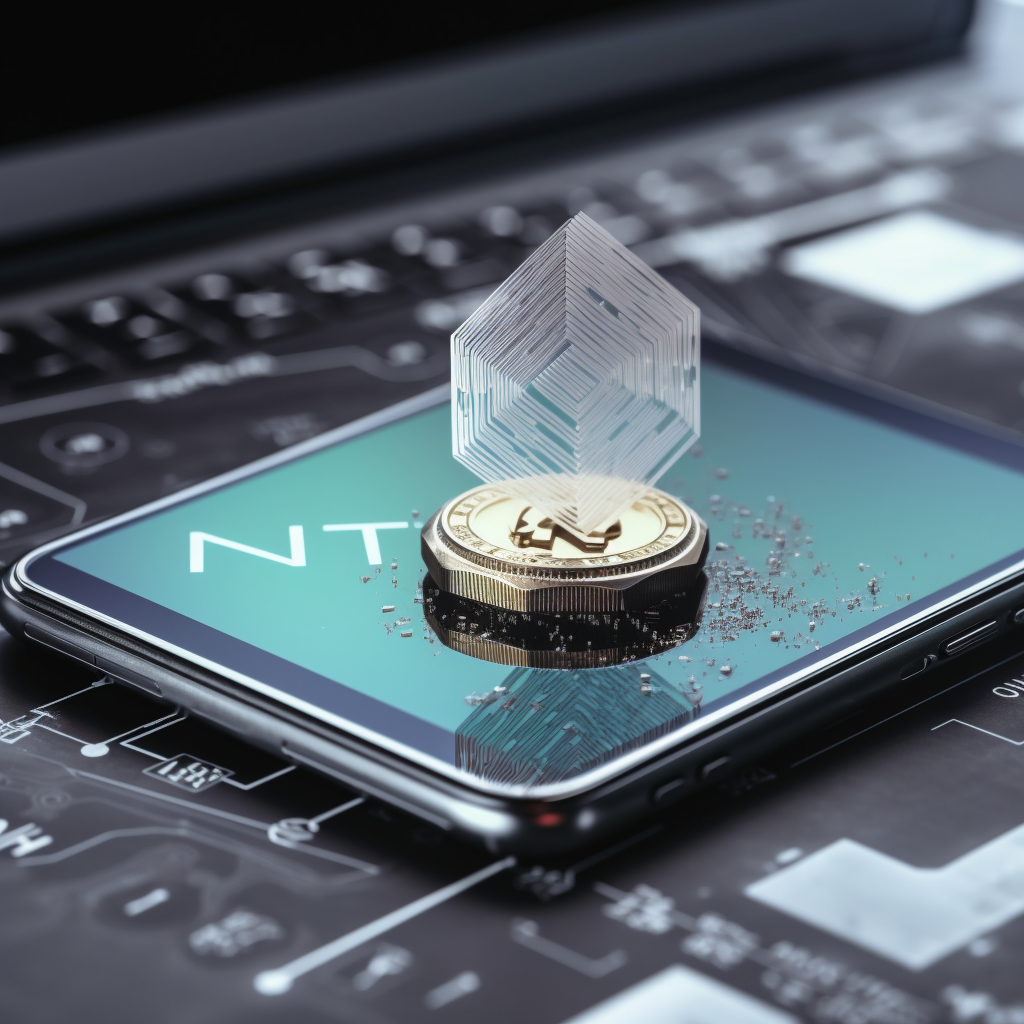
The Value Proposition of NFTs
Scarcity and Uniqueness
Each NFT is one-of-a-kind, giving it a unique value proposition in the digital realm.
Ownership and Provenance
NFTs offer undeniable proof of ownership, ensuring creators and buyers can trace an asset's history.
Interoperability
Some NFTs can be used across multiple platforms, enhancing their utility and value.
The Controversies Surrounding NFTs
Environmental Concerns
The energy consumption of blockchain networks, especially Ethereum, has raised environmental concerns.
Market Speculation
Like any new market, the NFT space has seen its share of speculation, leading to volatile prices.
Intellectual Property Issues
As artists and creators venture into NFTs, issues around copyright and intellectual property have surfaced.

Future of NFTs
Potential Use Cases
From decentralized finance to virtual reality, the potential applications of NFTs are vast and varied.
Challenges Ahead
While NFTs hold promise, they also face challenges, including scalability issues and regulatory concerns.
How to Get Started with NFTs
Buying and Selling
Platforms like OpenSea and Rarible have made buying and selling NFTs a breeze.
Storing NFTs Safely
Just like cryptocurrencies, NFTs need to be stored securely. Digital wallets like MetaMask offer a safe haven for these digital assets.
The Emergence of NFTs: Understanding the Tech Behind Digital Assets
This journey into the world of NFTs underscores the transformative power of technology. As we stand at the cusp of a new digital era, NFTs represent more than just tokens – they symbolize a shift in how we perceive value, ownership, and creativity in the online realm.
Conclusion
The emergence of NFTs has undoubtedly stirred the digital pot, leading to debates, innovations, and disruptions. As we continue to explore this frontier, one thing is clear: NFTs have carved a niche for themselves, and they're here to stay.
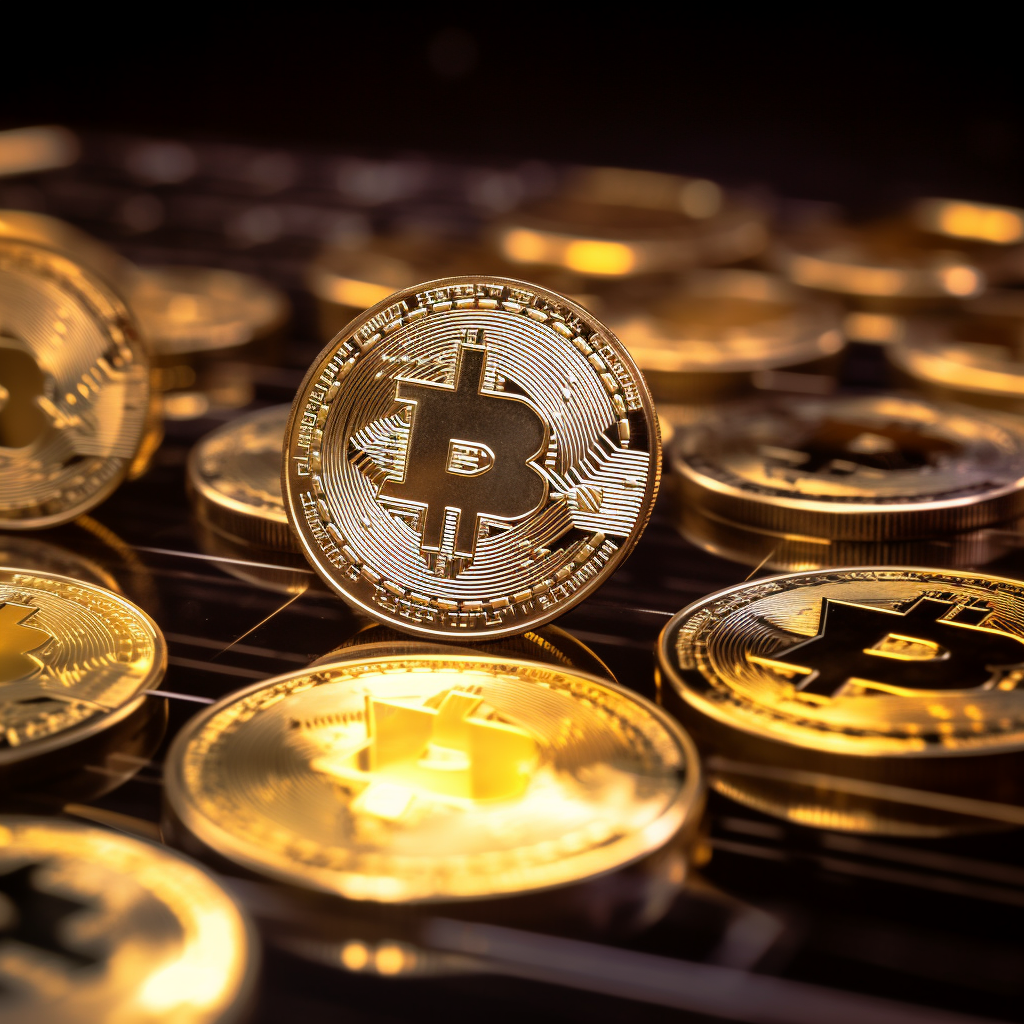
FAQs
What makes NFTs different from cryptocurrencies? NFTs are unique digital assets, while cryptocurrencies like Bitcoin are fungible and can be exchanged on a one-for-one basis.
How do I buy an NFT? You can purchase NFTs on platforms like OpenSea, Rarible, and Foundation using cryptocurrency.
Are NFTs environmentally harmful? Some blockchain networks, like Ethereum, consume significant energy, leading to environmental concerns. However, solutions like proof-of-stake are being explored to mitigate this.
Can I create my own NFT? Absolutely! Anyone can mint their own NFT, be it art, music, or any digital creation.
How do I ensure the safety of my NFTs? Store your NFTs in secure digital wallets like MetaMask or Ledger.
What's the future of NFTs? While the NFT market is still evolving, its potential applications in various sectors hint at a promising future.